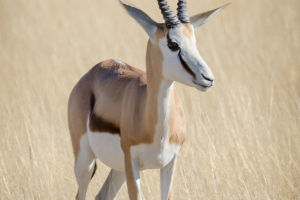Hey Lykkers! The eagle is a symbol of freedom and power, stands as one of the most respected birds in the avian realm.
Its commanding presence and sharp gaze embody the spirit of the wild, captivating onlookers and wildlife enthusiasts around the globe.
Physical Attributes
Characterized by its formidable size and striking plumage, the eagle's physicality is designed for dominance in its environment. With a robust body, powerful talons, and a sharp beak, this bird is an epitome of predatory excellence.
Habitat and Range
Eagles are found across various landscapes, from the lofty mountain peaks to the sprawling open plains. Their adaptability to diverse environments highlights their role as apex predators, thriving in areas abundant with water bodies and open fields that support their hunting prowess.
Diet and Hunting
Primarily carnivorous, eagles have a diet that includes fish, small mammals, and other birds. Their exceptional vision allows them to spot prey from great distances, making them lethal hunters who can swoop down with incredible speed and accuracy.
Conservation Status
While some eagle species flourish, others face threats from habitat loss and environmental changes. Conservation efforts are vital to ensure these majestic creatures continue to soar through the skies, inspiring future generations.
Role in Ecosystems
As top predators, eagles play a crucial role in maintaining the balance of their ecosystems. Their presence helps control populations of smaller animals, which in turn influences vegetation and the overall health of their habitats.
Cultural Significance
Throughout history, eagles have been revered in various cultures, symbolizing strength, courage, and resilience. Their images adorn national emblems and flags, highlighting their importance as national symbols.
Golden eagle - The King of the sky.
Video by My Wildlife Story
The eagle, with its awe-inspiring features and powerful flight, remains a fascinating subject of study and admiration. Its survival and prosperity are essential not only for natural biodiversity but also for the cultural heritage it represents.


